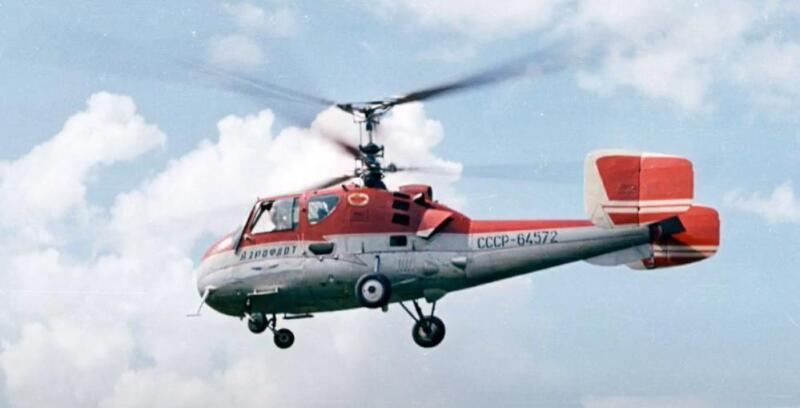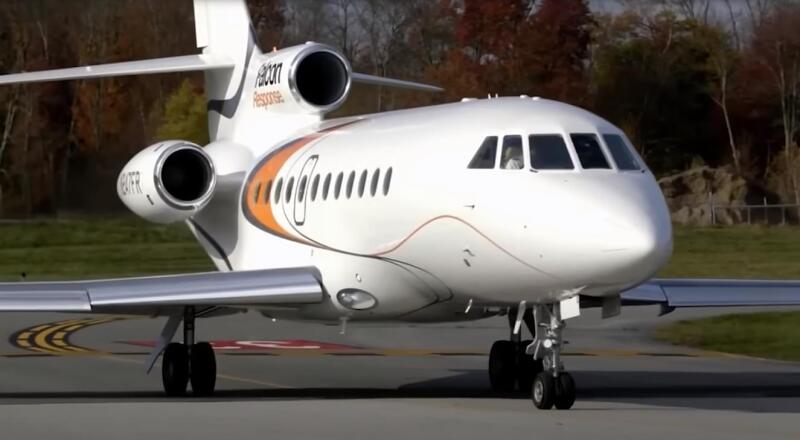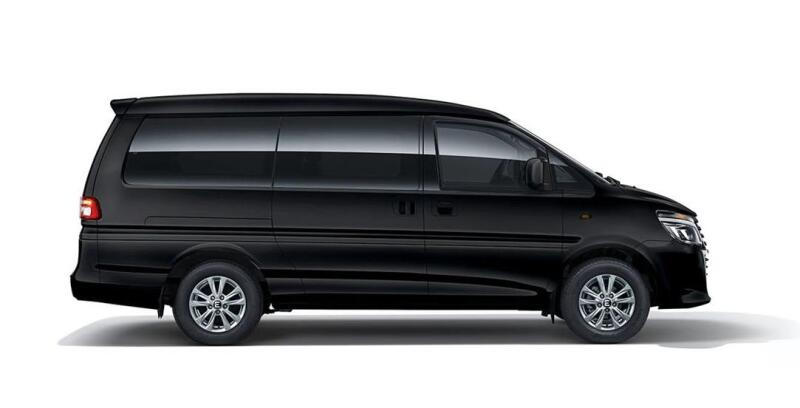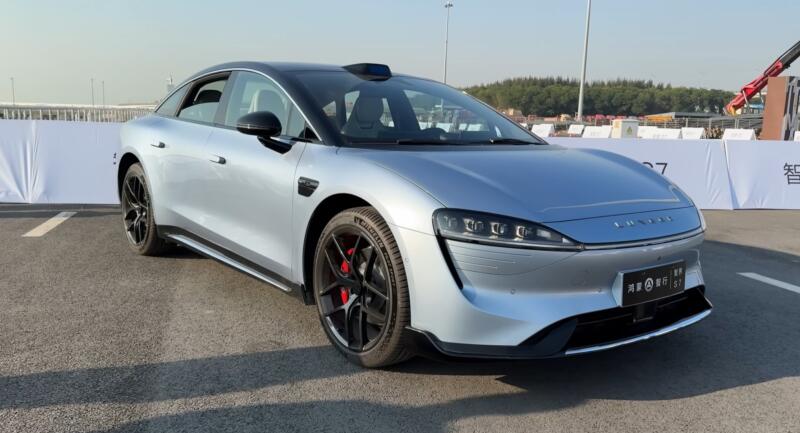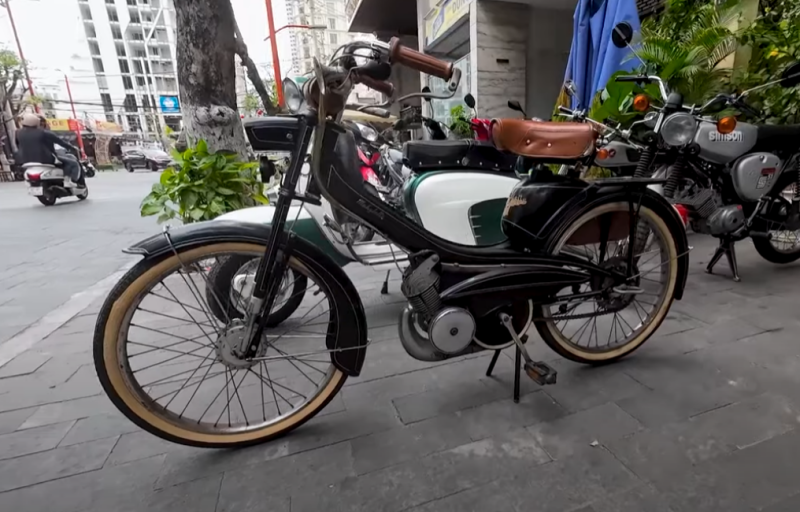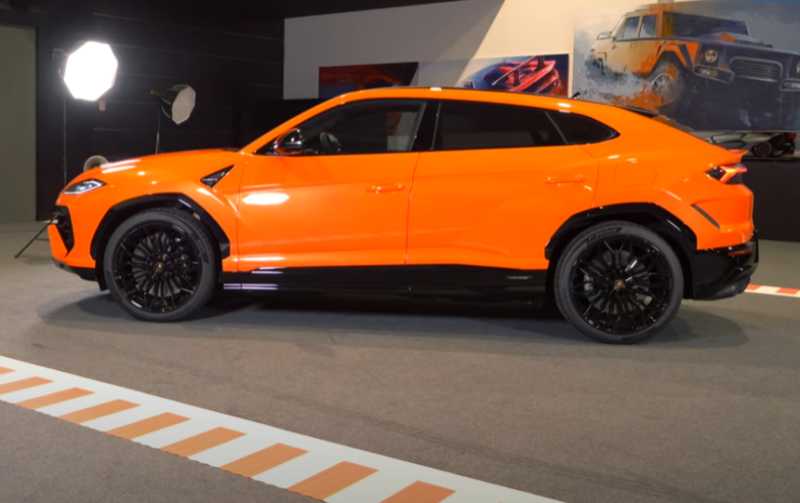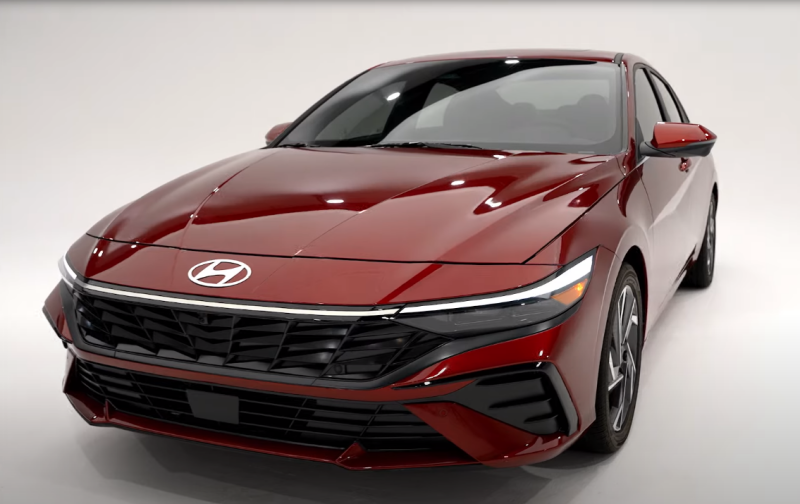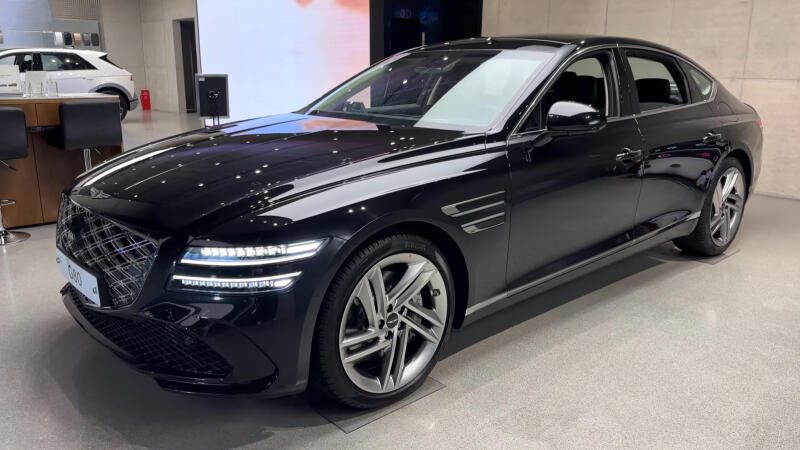 The military Ka-15 is the unfortunate predecessor of the Ka-18. Photo: YouTube.com
The military Ka-15 is the unfortunate predecessor of the Ka-18. Photo: YouTube.comState tests of a civilian vehicle were successfully carried out in 1957. The helicopter was shown to the public in the 58th at the World Exhibition (Brussels), where the model received the Gold Medal. After that, serial production of the Ka-18 was organized at the plant in Ulan-Ude.
Construction and screws
The helicopter was built according to a coaxial scheme, which is so characteristic of Kamov Design Bureau machines. The military version was tested for a long time: the device often suffered catastrophes. As it turned out later, one of the reasons for the strong vibration was in the screws. Once they were wooden, so making them all exactly the same is quite difficult. For helicopters Ka-15 and Ka-18 in 1958-63, they began to manufacture B-7 fiberglass blades by pressing with liquid nitrogen. At the final stage, the product was processed.
 Screws began to be made of fiberglass. Photo: YouTube.com
Screws began to be made of fiberglass. Photo: YouTube.comThe plant tested 11 wooden (LD-10M) and six plastic sets of blades. As a result, it became clear: the latter have proven themselves from the best side. Firstly, the fiberglass propellers were exactly the same, and secondly, with their help, it was possible to get more traction. The difference at the highest engine speed was 45 kgf. Plus, the production of plastic blades proved to be less labor intensive.
Avionics
The helicopter is equipped with a relatively large number of instruments and indicators. The navigation system allows you to fly day and night. It is not surprising: the base of the machine is the military Ka-15. Although in severe weather conditions with poor visibility, operation was not allowed. The main performance characteristics of the Ka-18:
✅ screw diameter, length and height - 10, 10 and 3,4 m
✅ takeoff weight - no more than 1,502 tons
✅ power plant - AI-14VF with a power of 200 kW
✅ average and highest speed - 130 and 160 km / h
✅ height - up to 3,5 km
✅ range - up to 450 km
The 24 V on-board power supply was provided with electricity by a three-kilowatt DC generator GSR, spun by the engine.
 For landing the car did not need a special platform. Photo: YouTube.com
For landing the car did not need a special platform. Photo: YouTube.comFor emergencies, batteries with a total capacity of 10 Ah are provided. To power some devices that require alternating current, a PAG-1F type converter is provided.
 The helicopter could be operated in winter and summer. Photo: YouTube.com
The helicopter could be operated in winter and summer. Photo: YouTube.comThe machine is equipped with an anti-icing system and a radio station. The first is the use of a special liquid that is sprayed onto the blades and glass. The reagent destroys the ice and prevents it from forming again. For flights in winter, the cockpit is equipped with an advanced heating system. The main role in it belongs to the electric heater. Small air ducts depart from it to the feet of the pilot and passengers.
Modifications
The manufacturer offered three versions of the helicopter. The first is basic, for the transportation of goods, three passengers. The second was equipped with medical equipment, was used to transport seriously ill patients from hard-to-reach places.
 Sanitary Ka-18 takes the patient. Photo: YouTube.com
Sanitary Ka-18 takes the patient. Photo: YouTube.comThis version of the car was equipped with an oxygen plant. There was also a patrol model.
Filming and the end of a career
Ka-15 already in civilian form participated in the film "Russian Souvenir", which was released on screens in 1960. Then the actor Efremov "landed" a helicopter on the ship, and then gallantly helped Lyubov Orlova get out of it.
 The actress famously exits the helicopter that has landed on the deck. Photo: YouTube.com
The actress famously exits the helicopter that has landed on the deck. Photo: YouTube.comKa-18 ceased to operate in the early 80s. For all the time, about two hundred cars rolled off the assembly line. Officially, from 1960 to 1969, 14 air crashes were registered. Over time, the Ka-18s were replaced by more advanced Ka-26s.
